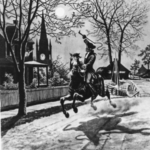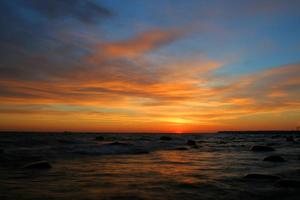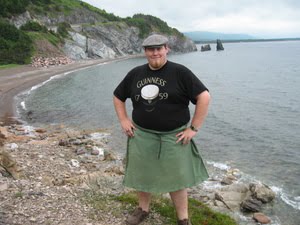Are you a history buff? I must admit that I am; I love learning about what life was like in the past, learning about the way things have changed and enjoy visiting historic sites such as Civil War plantations, historic forts and charming historic communities. Alexandria, Virginia offers visitors a city full of historical sites that offer hours of educational entertainment. Here’s a look at just a few of the great historic attractions that visitors to this historic city can find.
Christ Church
Built sometime between 1767 and 1773 Christ Church was built by James Wren and was the first Episcopal Church in Alexandria. During it’s history several famous historical figures have attended the church including George Washington, Robert E. Lee, George Mason, and traditionally the current president visits the church once a year.
The church is located at 118 North Washington Street and is open for tours Monday through Saturday from 9 AM until 4 PM, as well as on Sundays from 2 PM until 4 PM. No tours are available when weddings or funerals are held at the church.
Ramsay House
The Ramsay House was originally built by a Scottish merchant named William Ramsay, he became a respected member of the Alexandria community and was a close friend of George Washington. Portions of the home are believed to be built somewhere around 1724, and were possibly built at another location and moved to the current location. The house had several functions during the 19th and 20th centuries when it was a tavern, a rooming house, and cigar factory. In 1942 the majority of the original home was destroyed in a fire, and shortly thereafter it was purchased by the city. It now houses the Alexandria Visitors Center where travel advisors are on hand to answer any questions you may have about the city, and to provide visitors with informational brochures and maps.
Friendship Firehouse Museum
The Friendship Fire Company was established in 1774 and was the first volunteer fire department in Alexandria. The Friendship Firehouse Museum features displays of historic fire-fighting equipment.
The museum is located at 107 South Alfred Street and is open to the public free of charge Fridays and Saturdays from 10 AM to 4 PM as well as on Sundays from 1 PM to 4 PM.
Carlyle House Historic Park
Situated at 121 North Fairfax Street is the Carlyle House Historic Park, which was built in 1753 and is the only stone 18th century Georgian Palladian style home in Alexandria. It is listed on the National Register of Historic Places, and was home to Scottish businessman John Carlyle.
Tours of the home are offered on the hour and half hour Tuesday through Saturday from 10 AM to 4PM and on Sundays from Noon to 4 PM. Tour admission is $4 for adults and $2 for children ages eleven through seventeen, and is free for children under the age of ten. For more information on the Carlyle house you can visit their website.
Lee-Fendall House Museum and Garden
This home is located at 614 Oronoco and was built in 1785 by Henry Lee’s cousin Philip Richard Fendall. The Lee-Fendall House has a deep history and has been home to thirty-seven members of the Lee family was seized during the Civil War by the Union Army for use as a hospital. Visitors to the home can view historic Lee family heirlooms that include such items as needlepoint and hand-sewn articles, the original furnishings of the home, and artwork.
The museum is open Tuesday through Saturday from 10 AM to 4 PM, and on Sunday from 11 AM to 4 PM. Admission is $4 for adults, $2 for children ages eleven to seventeen, and free for children under the age of ten. For more information about the Lee Fendall House Museum and Garden you can visit their website.
George Washington’s Townhouse
This is a recreation of the simple townhouse that George Washington built in 1769 is located at 508 Cameron Street. He built the home for occasions when he would need to stay in town for occasions when he was unable to go home to his spacial Mount Vernon estate. The public can not enter the home but can view it from the street.






